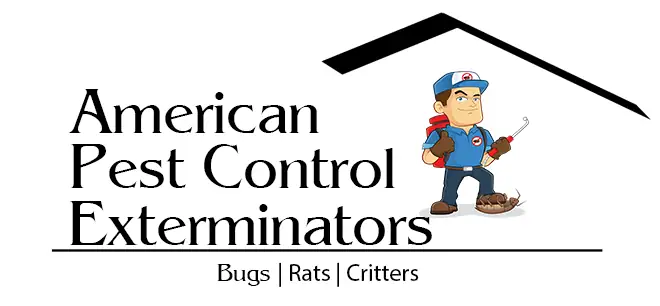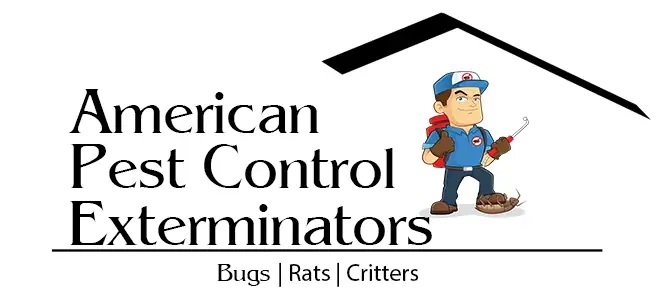
Rodent-Proofing Your Home: Sealing Cracks and Crevices to Keep Rodents Out
Rodents can be a real nuisance in any home, especially when they decide to move in uninvited. They can cause extensive damage and spread disease, not to mention create an unpleasant living environment. One of the best ways to keep rodents from getting into your home is by sealing any cracks or crevices that could serve as a potential entry point. Sealing these areas can help prevent future rodent infestations, as well as reduce the risk of existing ones spreading throughout your home. In this blog post, we’ll explore the importance of sealing cracks and crevices to keep rodents out of your home and provide tips on how to do it effectively.
What are the most common rodents in the U.S.?
There are many different species of rodents that can be found in the United States, but some of the most common include mice, rats, and squirrels. These animals are often attracted to homes and businesses because they offer a warm, safe place to nest and access to food. To prevent these pests from entering your property, it is important to seal any cracks or crevices around the exterior of your home or office. This will create a barrier that rodents cannot penetrate, keeping them out of your space.
Why do rodents enter homes?
Mice and rats are looking for three things when they enter your home: food, water, and shelter. By sealing up cracks and crevices around your home, you can make it much less likely that rodents will be able to find what they’re looking for and make their way inside.
How can you prevent rodents from entering your home?
There are a number of things you can do to prevent rodents from entering your home. First, make sure to seal any cracks or crevices in your home’s foundation and exterior walls. This will help keep rodents from getting inside. Second, keep your yard clean and free of debris. Rodents are attracted to cluttered areas where they can hide. third, trim back trees and shrubs around your home so that rodents cannot use them as a bridge to get onto your roof. Finally, make sure to store food in airtight containers and keep your kitchen clean of crumbs. By taking these simple steps, you can help prevent rodents from taking up residence in your home.
What to do if you find a rodent in your home
If you find a rodent in your home, the first thing you should do is try to determine how the rodent got into your home. Inspect the exterior of your home, looking for any cracks or crevices that could be potential entry points. Once you’ve found the entry point, seal it with caulk or another suitable material.
If you’re not sure where the rodent came from, or if you can’t find an obvious entry point, set up a few snap traps baited with peanut butter or cheese. Place the traps in areas where you’ve seen evidence of rodents (droppings, gnawed food packaging, etc.). Check the traps regularly and dispose of any caught rodents immediately.
As a last resort, you can call a professional exterminator to help rid your home of rodents.
Conclusion
Sealing up cracks and crevices around your home is one of the best methods for keeping rodents out. Taking steps to mouse-proof your home will help reduce the risk of a rodent infestation, saving you time, money, and potential health risks associated with having mice or rats in your home. With these tips in mind, you can now take an active role in Rodent-Proofing Your Home and enjoy a pest-free environment!

